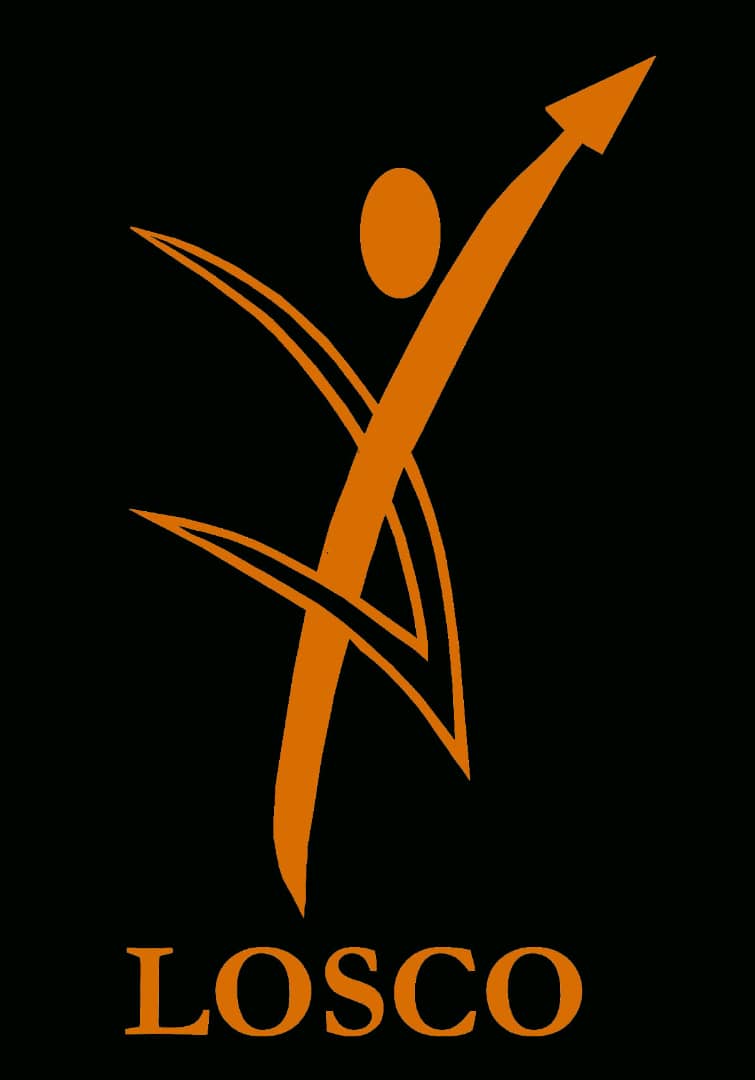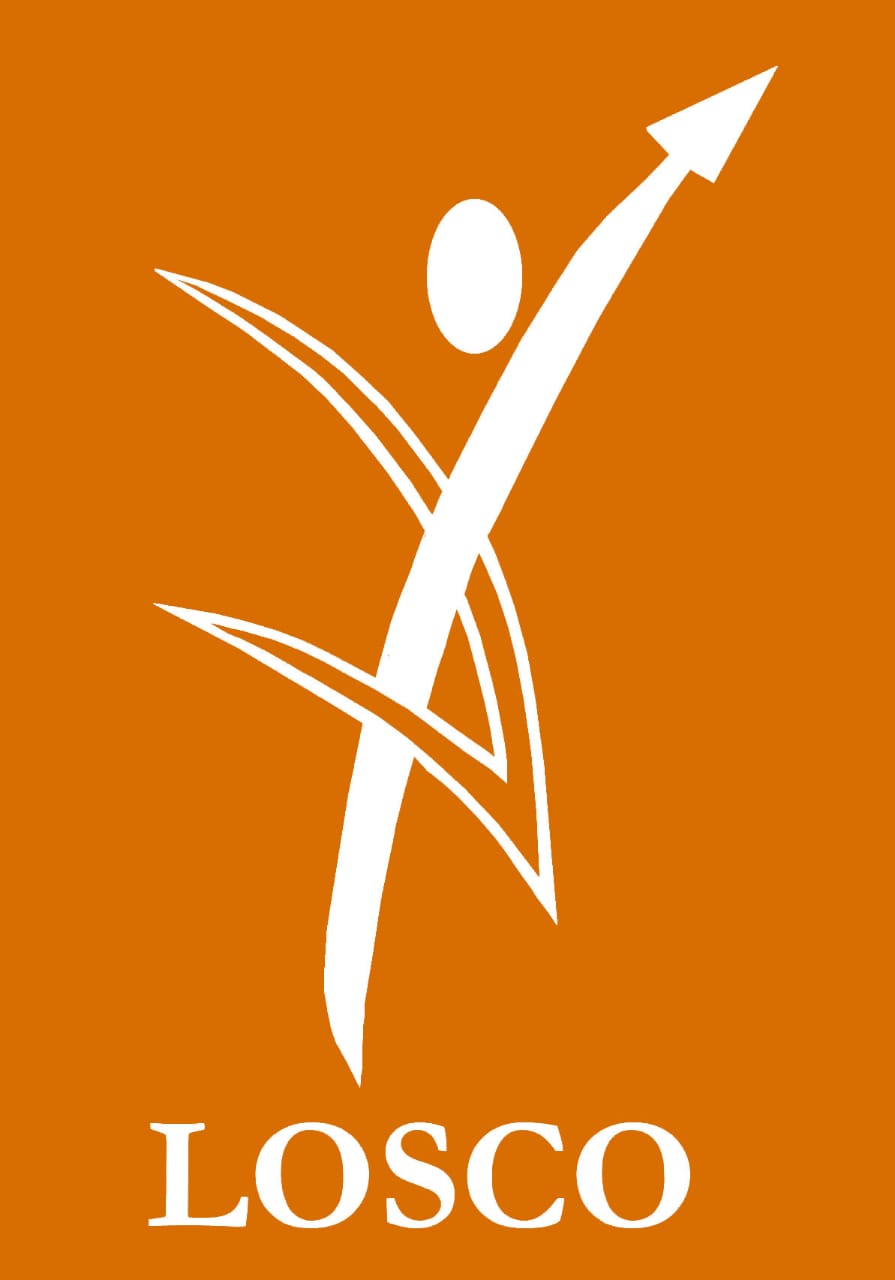- September 30, 2025
- LOSCO
- 0 Comments
- Blog, News, Uncategorized
With Support from OXFAM, Kabale stakeholders bolster disaster preparedness after Lake Bunyonyi changes colour
Despite various development efforts in the Kigezi sub-region, The Kigezi Sub-region in southwestern Uganda remains highly vulnerable to recurring humanitarian challenges, including landslides, floods, and sudden-onset disasters that regularly damage livelihoods, property, and essential services. In march 2014 alone, Kabale District experienced severe mudslides that partially destroyed 56 homes, flooded two primary schools, and washed away as estimated 130 acres of food crops -threatening households food security and children’s access to education.
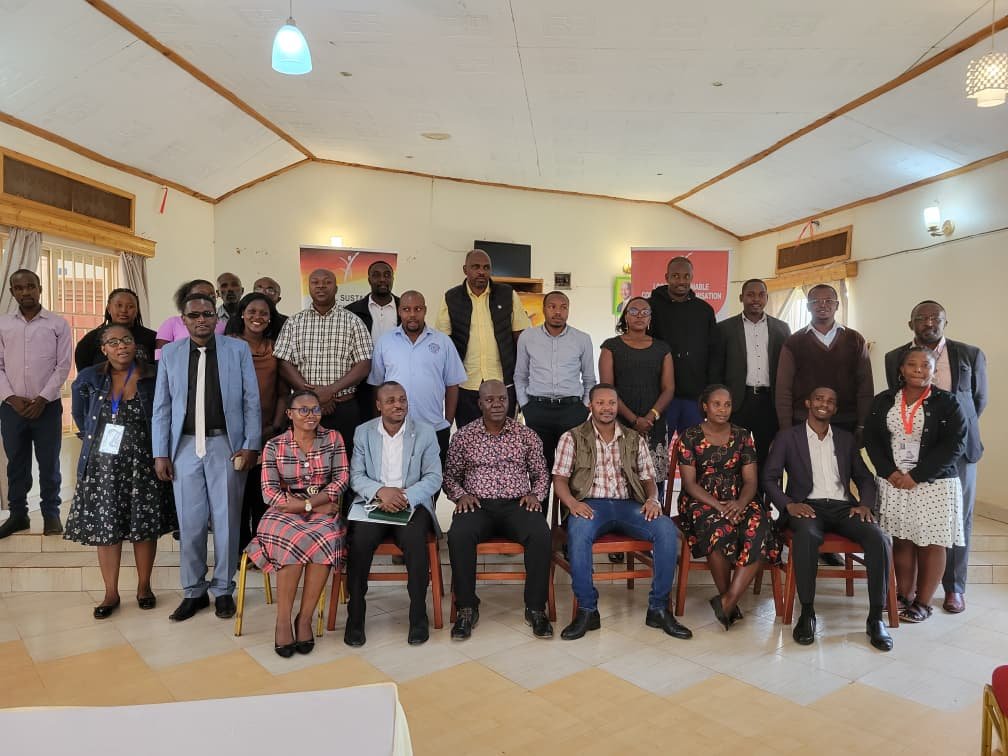 While national and international humanitarian actors are present in the region, local preparedness and response capacity remains critically low. Early warning systems are limited or non-existent in most rural communities, contingency planning and basic community -level preparedness training are lacking and disaster risk governance structures are weak or inactive. Budget allocations for emergency preparedness at the district level remain insufficient to meet increasing climate related risks.
While national and international humanitarian actors are present in the region, local preparedness and response capacity remains critically low. Early warning systems are limited or non-existent in most rural communities, contingency planning and basic community -level preparedness training are lacking and disaster risk governance structures are weak or inactive. Budget allocations for emergency preparedness at the district level remain insufficient to meet increasing climate related risks.
Despite local government structures, community-based organisations (CBOs), faith-based organisations (FBO) and local NGOs servicing as the first responders during emergencies, they remain under resourced, under recognized, and constrained by shifting policy frameworks and limited coordination platforms.
The absence of functional District Disaster working Group (DDWG) and an up-to-date District Disaster Response Plan (DDRP) in Kabale has significantly hampered coordinated preparedness, response and recovery efforts. Without these mechanisms, disaster management interventions remain fragmented, reactive, and fail to reflect community priorities and cultural contexts.
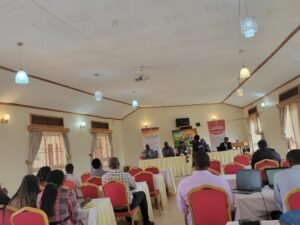 LOSCO actively engaged district stakeholders, local actors, and communities to drive this process, ensuring that disaster response and climate resilience actions are locally grounded, sustainable, and responsive to the evolving risks faced by vulnerable populations in Kigezi sub-region.
LOSCO actively engaged district stakeholders, local actors, and communities to drive this process, ensuring that disaster response and climate resilience actions are locally grounded, sustainable, and responsive to the evolving risks faced by vulnerable populations in Kigezi sub-region.
Mr Henry Tumwesigye, the Kabale District Natural Resources officer, admitted that the district has lacked a functional disaster structure. ‘’Initially, kabale did not have a District Disaster Working group. Once approved, the group will be vital tool for mobilizing resources and coordinating emergency response’’ he said.
Ms Jenifer Atuhaire, the FIDA Uganda legal officer, advocated for community awareness campaigns to enforce the initiative from the grass root level.
Mr Davis Akampurira, the chief executive officer of Youth Elevation initiative, advocated for the inclusion of youth in the work plan and membership to share ideas and ensure swift, effective action during emergencies. ‘’ In all arrangements we are making, we should not leave behind the youth. Its a population that has a lot to put on the table including being energetic to implement the work plan,’’ he said.
Mr Emmanuel Ahumuza, the kabale Municipality Physical planner, advised stakeholder to put much emphasis on disaster mitigation instead of focusing on preparedness. ‘’ Why are we discussing disaster preparedness instead of preparing and waiting for the disasters to happen? He asked.
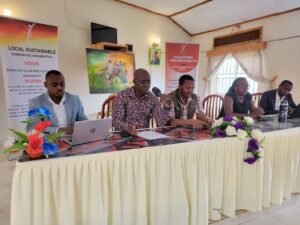 From a security perspective, Deputy District Internal Security Officer, Mr Gerald Turyamureba, reminded stakeholders that disasters also threaten stability. ‘’ Terrorism and cyber-crime are man made disasters. As security agencies, we are already partners through the District Security Committee chaired by the RDC,’’ he said. He further stressed the need for public sensitization and policy action to regulate reckless human activity warning that disasters often escalate into security threats within communities.
From a security perspective, Deputy District Internal Security Officer, Mr Gerald Turyamureba, reminded stakeholders that disasters also threaten stability. ‘’ Terrorism and cyber-crime are man made disasters. As security agencies, we are already partners through the District Security Committee chaired by the RDC,’’ he said. He further stressed the need for public sensitization and policy action to regulate reckless human activity warning that disasters often escalate into security threats within communities.
Emmanuel Niwagaba, the principal mitigation strategies, particularly involving residents in disaster-prone areas.
Moses Akampurira, the senior community officer, emphasized that disasters disproportionately affect women, who often bear the responsibility of feeding and caring for families. He recommended that the plan integrate gender-responsive approaches and adopt a multi-hazard management strategy that also considers health-related disasters
Fortunate Natukunda, representing civil society organisation, urged that the plan clearly outlines the roles of community members, both in averting disasters and responding to them when they occur.
District Natural Recourses Officer, Henry Tumwesigye said the initiative would be useful tool to integrate into the District Development plan. However, he advised that the framers follow the right procedures, including tabling it before the District Production, Natural resources and Trade committee for adoption as an official working document. He emphasized the need for the plan to include mechanisms for identifying sources of disasters, assessing vulnerability levels, and strengthening early warning systems to avert loss of lives and property.
In closing remarks, Kabale Deputy Resident District Commissioner, Michael Muramira Kyakashari, highlighted the role of human activity in worsening disasters, especially flooding. He pointed out that reckless disposal of plastic and garbage into water channels blocks drainage systems, causing floods that reckless disposal of plastics and garbage into water channels blocks drainage systems, causing floods that often destroy property and displace households. He commended LOSCO for ‘’thinking a head and looking far to support government efforts in disaster preparedness.
https://www.monitor.co.ug/uganda/news/national/kabale-stakeholders-bolster-disaster-preparedness-after-lake-bunyonyi-changes-colour-5171158
Kabale District Moves to Strengthen Disaster Preparedness With New Response Plan
